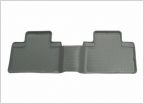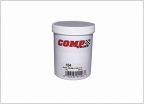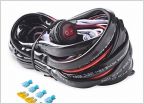-
Welcome to Tacoma World!
You are currently viewing as a guest! To get full-access, you need to register for a FREE account.
As a registered member, you’ll be able to:- Participate in all Tacoma discussion topics
- Communicate privately with other Tacoma owners from around the world
- Post your own photos in our Members Gallery
- Access all special features of the site
Does clicking a torque wrench more than once add torque each time.
Discussion in '2nd Gen. Tacomas (2005-2015)' started by TnShooter, Jun 9, 2022.
Page 2 of 4
Page 2 of 4


 Husky liner or Weathertech?
Husky liner or Weathertech? Which cam lube to use for rebuild?
Which cam lube to use for rebuild? TRD sport LSD gear oil
TRD sport LSD gear oil Bruteforce Rear Bumper Question
Bruteforce Rear Bumper Question What wire harness for light bar?
What wire harness for light bar?
